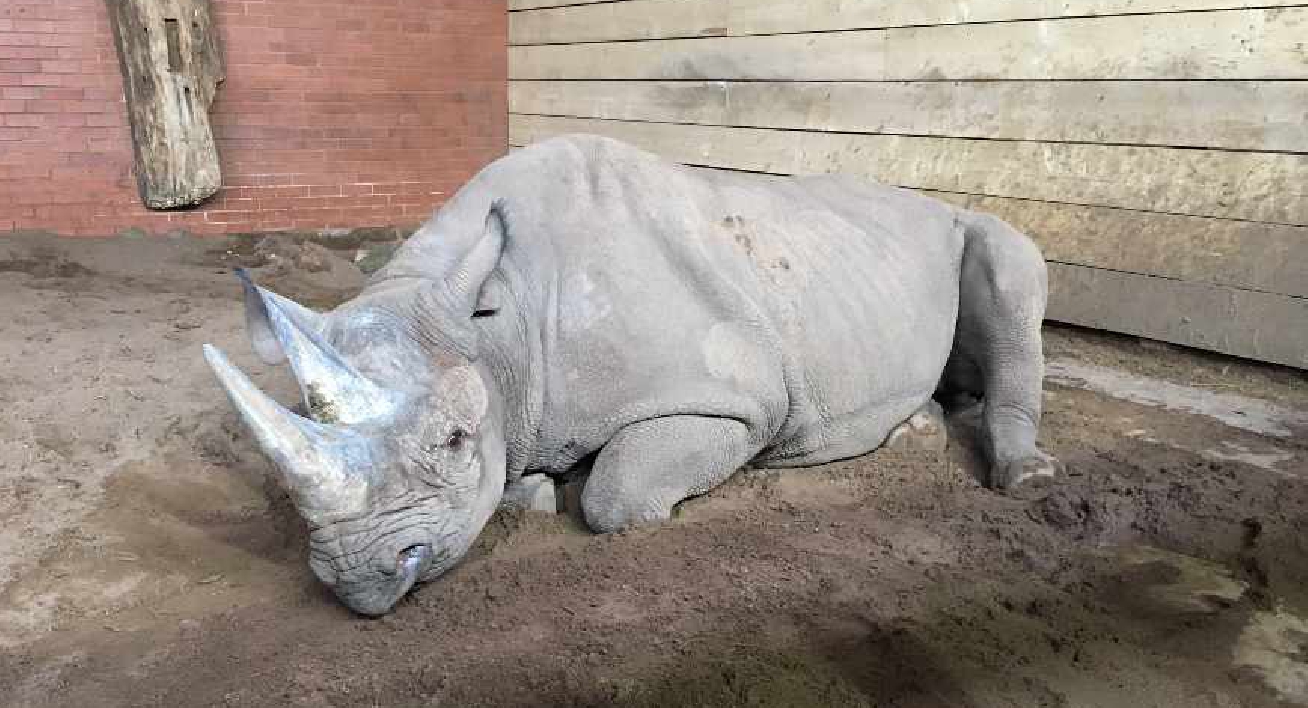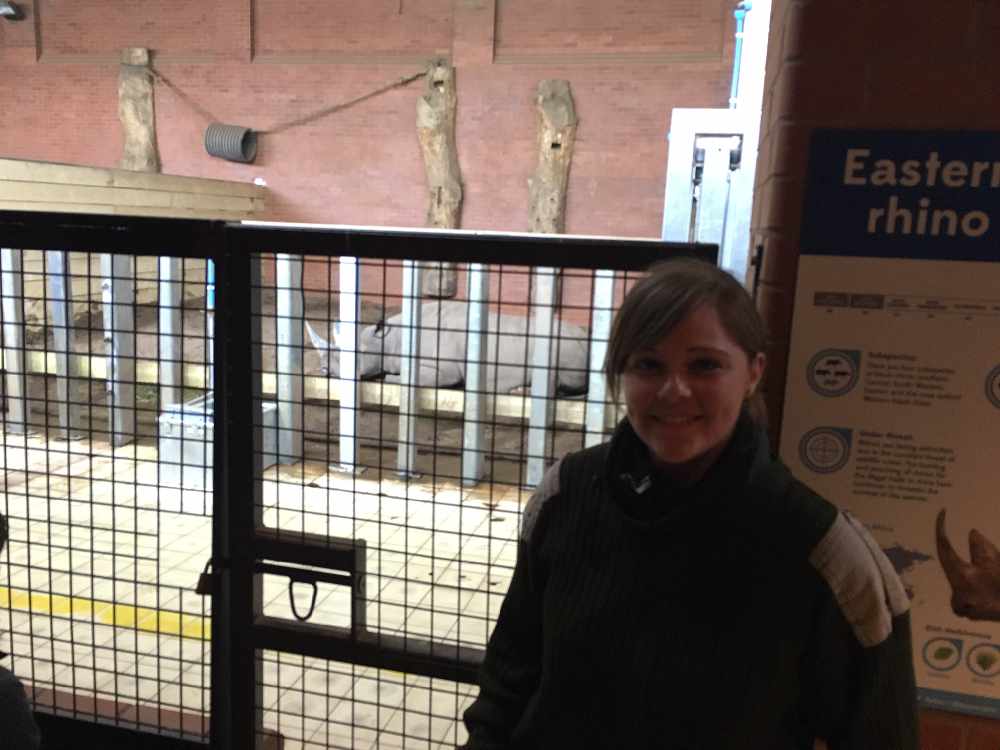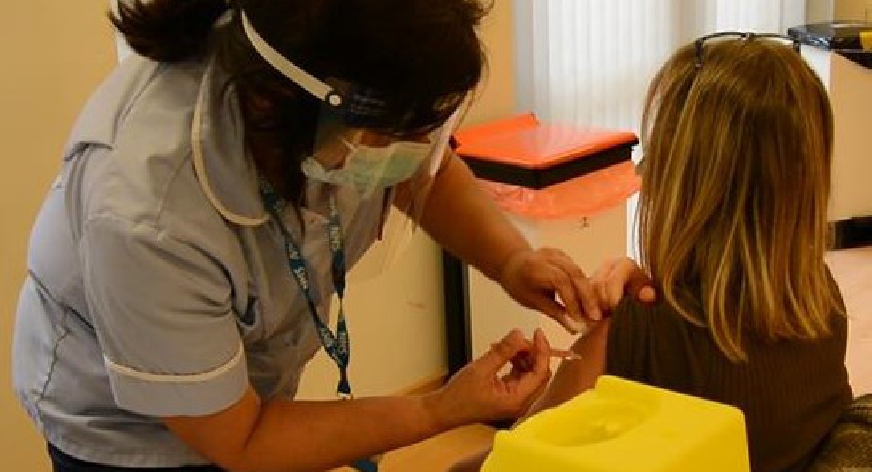
Nandi is ready to meet the public from Monday 8th April
Mark Rowley from the Breakfast Show went to see Nandi and talk to one of her keepers Laura.

The arrival of Eastern black rhinoceros is part of an important European breeding programme which consists of over 20 zoos and wildlife parks from around the continent working together to help preserve the population and maintain genetic diversity of this incredible species.
Nandi weighs almost a tonne and as a species is critically endangered!
It's hoped that soon she will be joined followed by a male companion.
WHAT'S THE STORY?
The story of the black rhino species is both a unique and sad one, as the Western black rhino was declared extinct in 2011 by the IUCN Red List. Initially the Black rhino was the most common of all rhinos, however, due to illegal hunting and the demand for rhino horn increasing, the species suffered a 98% reduction in the 20th century.
Now, thanks to efforts from other conservation organisations around the world, the Eastern black rhino population is increasing with numbers rising from less than 2500 to approximately 5,458 today, however there is still a lot of work to do.
Karen Clarke, Chief Operating Officer at Twycross Zoo, said: “The story of the black rhino is quite incredible and we are honoured to be part of a breeding programme which is helping to grow their population. The fact that Eastern black rhino numbers are now growing is testament to conservation experts all around the world and we are dedicated to continuing this hard work.
“We are currently preparing the new habitat ready for the arrival and we’re very excited for all our visitors who will get to see rhinos from this Easter.”
Did you this know this about Eastern black rhinos?
- They have two horns
- They sleep both stood up and sat down
- They can run up 55km/h
- Females are pregnant for 15-16 months
- They are active at both day and night
- They have a hooked lip and are sometimes known as a hook-lipped rhino
- They are browsers (they eat trees, bushes and shrubs etc)
- They have poor eyesight but an excellent sense of smell and hearing
- They are around 1.5m tall when fully grown


 Local water company supports government announcement of ban on wet wipes containing plastic
Local water company supports government announcement of ban on wet wipes containing plastic
 Visiting hours extended across Leicestershire Partnership NHS Trust community hospitals and mental health services
Visiting hours extended across Leicestershire Partnership NHS Trust community hospitals and mental health services
 Local NHS wants people to take part in bowel cancer screening
Local NHS wants people to take part in bowel cancer screening
 Nominations open for awards celebrating Leicestershire Partnership NHS Trust staff
Nominations open for awards celebrating Leicestershire Partnership NHS Trust staff
 New kitchen installed for young people at Rainbows
New kitchen installed for young people at Rainbows
 People urged to get their covid jab in the next two weeks ahead of restrictions lifting in England
People urged to get their covid jab in the next two weeks ahead of restrictions lifting in England
 How to get your Covid vaccine if you're over 18
How to get your Covid vaccine if you're over 18




